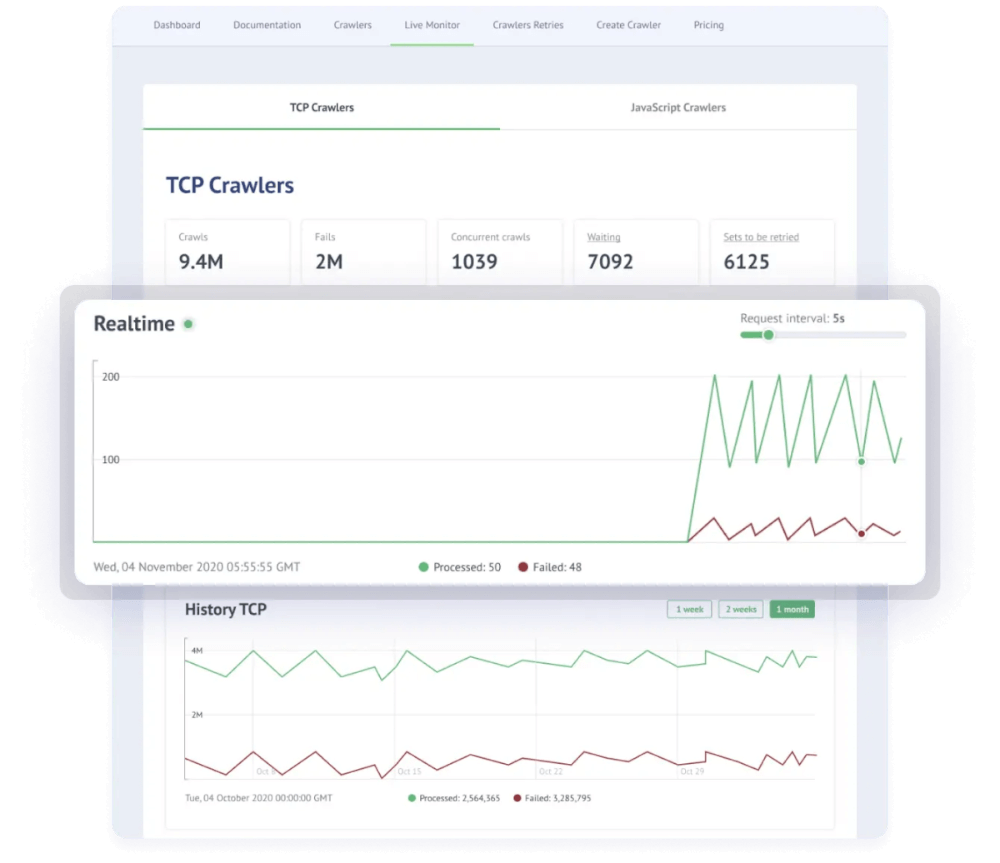2.5 quintillion bytes of data is generated on a daily basis…and this data is the exact reason why businesses are able to target their ideal clientele so precisely.
Are you one of them yet? Whether the answer is yes or no, data collection cost is becoming a problem for everyone.
Businesses, obviously, need to collect, manage, analyze this data to create products, design campaigns, and advertise to the right audience. But the costs for data collection are through the roof, which makes it not affordable and inaccessible for SMBs.
So no, the question is, how can a business reduce data costs without jeopardizing growth? Fret not, as this article will answer this exact query for you. So without further ado, let’s get right into it!
How Much Does It Cost To Collect Data?
It depends on the type of data and the method used to collect it. For example, data collected through surveys or interviews are typically more expensive to manage than data already in databases. The cost of data collection also depends on the scale of the project - a large-scale project will usually cost more than a smaller project. The cost of data collection also varies depending on the country or region where the data collection is conducted.
Surveys, interviews, focus groups, or observations fall under the ‘Primary’ data category. Surveys are typically the most expensive primary data collection method, while observation is usually the least costly.
Secondary data can be collected from government records, company financial reports, or published research studies. The cost of collecting ‘Secondary’ data will depend on the source and the ease of access.
In research, the overall cost of data collection must be weighed against the value of the data. Sometimes, the cost may be justified if the data is essential to making important business decisions. In other cases, the data may not be worth the cost of collection. Whether or not to collect data depends on its value to the organization.
Factors That Influence The Cost of Data Collection

Several factors can influence the cost of data collection. The most important factor is the size of the data set. The larger the data set, the more expensive it will be to collect. Other factors are the complexity of the data, the method used to collect it, and the location where it is collected.
1. Data Size:
Data size is the most critical factor influencing the cost of data collection. The larger the data set, the more expensive it will be to collect. For example, if data collection is based on all of the people in the United States, it would cost more than if you only wanted to collect data on the people in a small town. Data size is the most important factor influencing the cost of data collection.
The larger the data set, the more expensive it will be to collect. The cost of data collection also scales with the number of variables collected. For example, collecting data on 100 individuals will cost more than collecting data on ten individuals. However, collecting data on 100 variables will cost more than collecting data on ten variables. The larger the data set, the more expensive it will be to collect.
2. Complexity:
If the data is very complex, it will be more expensive to collect. This is because more time and effort are required to understand and process the data.
3. Method of Data Collection:
The method used to collect the data can also influence the cost. For example, if you use a survey to collect data, it will be less expensive than if you use a focus group. This is because surveys can be sent to many people at once, while focus groups require that you pay for the time of the group participants. Generating QR codes for surveys can further reduce costs by making data collection more accessible and increasing response rates, especially for mobile users.
4. Location:
Finally, the data location can also influence the cost. If you collect data in a remote location, it will be more expensive than if you collect it in a large city. This is because it costs more to travel to a remote location and set up data collection equipment.
5 Ways to Minimize the Cost of Data Collection

Reducing the cost of data collection is critical for any organization. Data collection can be very expensive, and the costs can quickly add up. There are several ways to reduce the cost of data collection, and organizations must look for the solution that suits the best based on their needs. Let’s explore some of the best options:
1. Use Existing Data Sources Whenever Possible
Whenever possible, you should use existing data sources to minimize the cost of data collection. Many public and private data sources can be used for research purposes. For example, you can get a pool of data from the U.S Census Bureau used for many different types of research.
Moreover, many private companies make data available for research purposes, which can be accessed through paid subscriptions or by negotiating research agreements.
2. Collect Data Only When Necessary
You should only collect data when it is necessary. Data collection can be time-consuming and expensive, so you should ensure that the data you collect will be used for your research. In addition, you should try to collect only the data you need, as collecting more than necessary can increase costs and make data management more difficult.
3. Use Technology To Automate Data Collection
The use of technology is one of the best ways to automate data, and it can also reduce costs. For example, web scraping tools can automatically collect data from websites. In addition, many online surveys with QR code integration allow for data to be collected automatically. Automating the data collection can save time and money and allow larger data sets to be collected.
4. Use Sampling Techniques To Reduce The Amount Of Data Collected
Sampling techniques can be used to collect a smaller data set, reducing costs. For example, instead of collecting data individually from a population, you could collect data from a random sample of the population. This would allow you to collect a representative data set while minimizing costs.
5. Plan For Data Collection Costs In Advance
Planning for data collection costs in advance can help to minimize the cost of data collection. For example, you could request funding from grant-making organizations or negotiate research agreements with private companies.
Applying these methods can help to reduce the cost of data collection. However, it is essential to note that data collection costs will vary depending on the collected data type and the methods used. Therefore, you should always consider data collection costs when planning your research.
How Crawlbase’s Crawler Can Reduce Data Collection Costs?
Crawlbase’s Crawler is developed to extract web data at scale. As an SMB, you can use this tool to crawl massive data while the Crawler handles data pipelines, proxies, queues, and JavaScript browsers for you.

Here are some of the most notable features of this data collection tool:
No Need To Manage Proxies Separately: With Crawlbase’s Crawler, you can easily add crawled data to your products without having to worry about managing proxies, infrastructure, queues, CAPTCHAs, blocks, retries, etc.
Works For a Large Number of Websites: With Crawler by your side, you can push as many website URLs as required and receive the crawled data to your desired webhook endpoint.
Automatic Scheduler Handling: This tool also handles all queues and schedulers for you. Just call the asynchronous API and start getting scraped data.
The best part is that you are in total control as the Crawlbase Crawler will deliver the data straight to your webhook endpoint. So, you can easily pause and resume your crawling operation based on your business budget and needs.
Wrapping it Up
Data is the primary strategic resource for every business, and for your SMB to flourish, it needs to keep building its data assets. The problem stands in handling this data within budget.
In this digital era, businesses have a multitude of tools and techniques available just two clicks away. So why not use them to optimize your business and make the best use of that data? Go through our article and try the best methods that fit your requirements.
We hope this helps you make the best decisions for your business!









